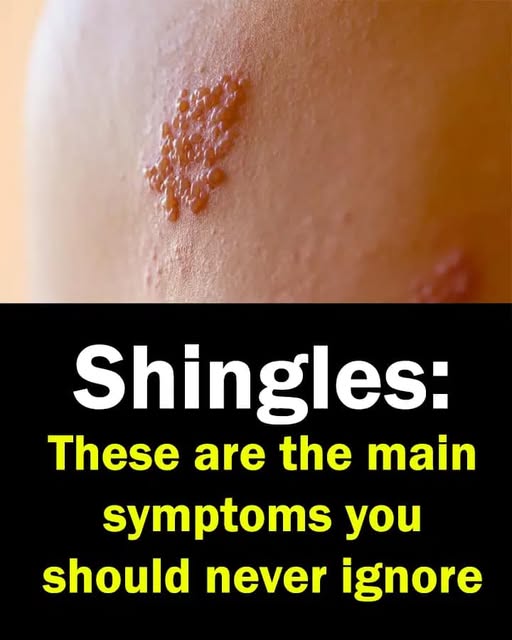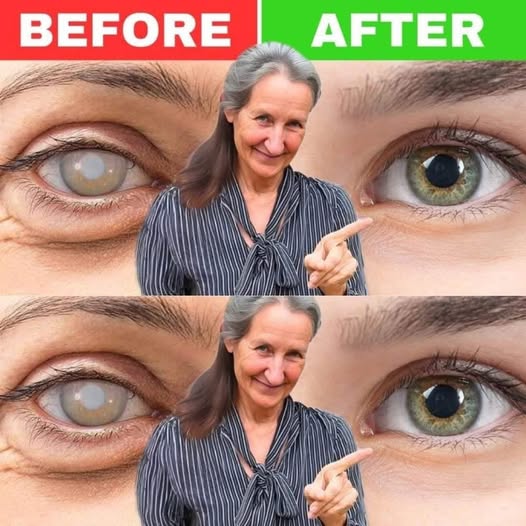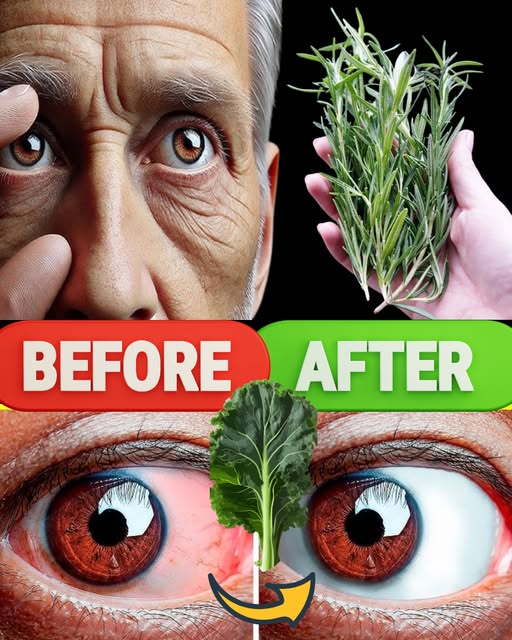Introduction

Herpes zoster — more commonly known as shingles — is more than just a painful skin rash. It’s a serious viral infection that can cause life-altering complications if left untreated. Surprisingly, one in three people in the United States will develop shingles in their lifetime, according to the CDC. Despite its prevalence, many overlook early warning signs, opening the door to severe, long-term health issues.
This comprehensive guide answers your most pressing questions about herpes zoster. We’ll dive into 13 unmistakable symptoms, explore eye-opening complications, and reveal proven prevention strategies you can implement immediately. Whether you’re seeking to protect yourself, a loved one, or your patients, this essential read will arm you with the knowledge you need to act fast and smart.
Let’s begin by understanding why recognizing herpes zoster early could change your life.
What is Herpes Zoster?
Herpes zoster is a viral infection caused by the varicella-zoster virus (VZV) — the same virus that causes chickenpox. After a person recovers from chickenpox, the virus doesn’t leave the body. Instead, it remains dormant in nerve tissue and can reactivate years later as shingles.
Key Fact:
- According to the World Health Organization, over 2 million cases of shingles are reported globally each year.
Understanding how herpes zoster behaves is critical. It’s not merely a rash; it’s a warning signal from your nervous system.
13 Early Symptoms of Herpes Zoster You Can’t Afford to Ignore
Identifying herpes zoster in its early stages gives you a huge advantage in managing symptoms and avoiding serious complications.
Here’s what to watch for:
- Tingling or Burning Sensation: Often the first sign, usually in a localized area.
- Sharp, Shooting Pain: Before the rash appears, nerve pain can be intense and confusing.
- Redness and Swelling: Early skin changes often precede blisters.
- Itching or Stinging: Common and very irritating.
- Fluid-Filled Blisters: Typically develop a few days after the pain starts.
- Crusting Over of Blisters: After bursting, blisters crust and heal.
- Sensitivity to Touch: Even light clothing can cause agony.
- Fever and Chills: Indicating the body is fighting the virus.
- Fatigue: Profound tiredness is a frequent companion.
- Headache: Especially if the outbreak is near the face or neck.
- Upset Stomach: Some patients experience nausea or gastrointestinal distress.
- Muscle Weakness: Rare, but possible if nerves controlling muscles are involved.
- Vision Changes: When the eye is affected (ophthalmic zoster).
Pro Tip: If you experience pain without a rash, you might still have shingles. This condition is called “zoster sine herpete.”
Shocking Complications of Herpes Zoster You Must Know
Ignoring or delaying treatment can result in serious, sometimes irreversible consequences.
1. Postherpetic Neuralgia (PHN)
- Definition: Chronic nerve pain that lasts for months or years after the rash heals.
- Stats: Up to 20% of shingles sufferers develop PHN.
- Impact: Severe quality-of-life reduction; patients describe it as “burning” or “electric shock” sensations.
2. Vision Loss
- Condition: If shingles involve the eye (herpes zoster ophthalmicus), it can cause permanent vision damage.
- Symptoms: Redness, swelling, light sensitivity, and blurred vision.
3. Neurological Problems
- Conditions: Meningitis, encephalitis, and hearing or balance issues.
- Frequency: Rare, but deadly if untreated.
4. Skin Infections
- Risk: Open blisters can become bacterial breeding grounds, leading to cellulitis or other infections.
5. Scarring
- Impact: Disfiguring scars can develop if blisters are scratched or infected.
6. Ramsay Hunt Syndrome
- Definition: When shingles affects the facial nerves near the ear, it can lead to facial paralysis and hearing loss.
- Urgency: Requires immediate medical attention to minimize damage.
FAQs About Herpes Zoster: What People Ask Most
What triggers herpes zoster reactivation?
- Weak immune system, aging, stress, or chronic illnesses like diabetes.
- Research indicates people over 50 are at the highest risk.
Is shingles contagious?
- Yes and no. You cannot “catch” shingles, but you can transmit the virus to someone who has never had chickenpox, causing them to develop chickenpox.
How long does shingles last?
- Typically, 3 to 5 weeks. However, nerve pain may persist longer in some cases.
Can you get shingles more than once?
- Yes. While rare, some individuals experience multiple episodes, especially if immunocompromised.
Does the shingles vaccine work?
- Absolutely. Shingrix — the preferred vaccine — is over 90% effective at preventing shingles and its complications.
9 Powerful Prevention Strategies You Should Start Today
Avoiding herpes zoster is easier than you think if you act decisively.
1. Get Vaccinated
- Shingrix is recommended for adults aged 50 and older and for immunocompromised adults 19 and older.
- Promise: Up to 90% protection rate!
2. Boost Your Immune System
- Eat foods rich in vitamin C, zinc, and antioxidants.
- Include superfoods like turmeric, banana, and red onion in your diet to naturally strengthen defenses.
3. Manage Stress
- Chronic stress weakens the immune system. Practice mindfulness, yoga, or meditation.
4. Sleep Well
- Aim for 7-9 hours of quality sleep nightly to help your body recover and defend.
5. Stay Physically Active
- Regular moderate exercise enhances immune responsiveness.
6. Avoid Sick People
- Protect yourself from infections that can lower your immunity and trigger shingles.
7. Treat Chronic Conditions
- Stay on top of diseases like diabetes and heart conditions.
8. Wash Your Hands Often
- Reduce your exposure to pathogens that can strain your immune system.
9. Recognize and Respond Early
- At the first signs of tingling or pain, seek immediate medical help. Early antiviral treatment can shorten the duration and lessen the severity of shingles.
Conclusion: Don’t Wait Until It’s Too Late
Herpes zoster is more than just a rash — it’s a serious, painful, and sometimes dangerous condition that requires immediate attention. By understanding the 13 critical symptoms, recognizing life-threatening complications, and implementing 9 powerful prevention strategies, you can dramatically reduce your risk and protect your future.


